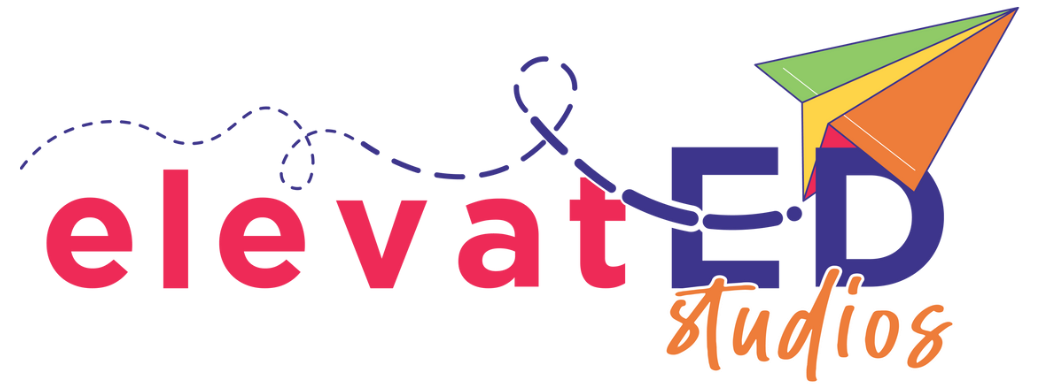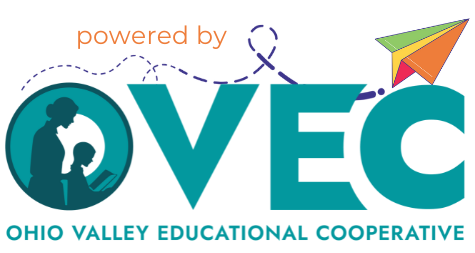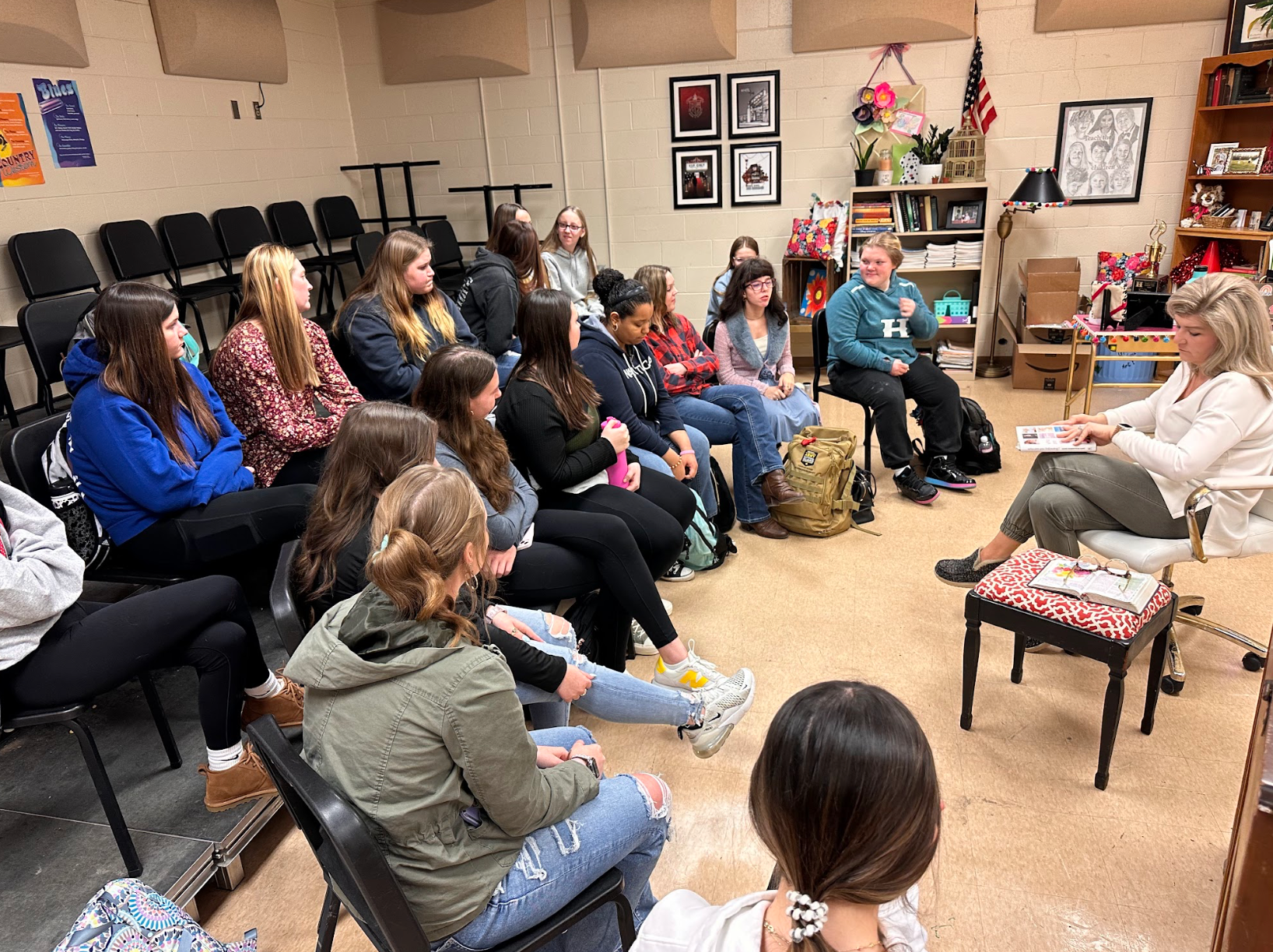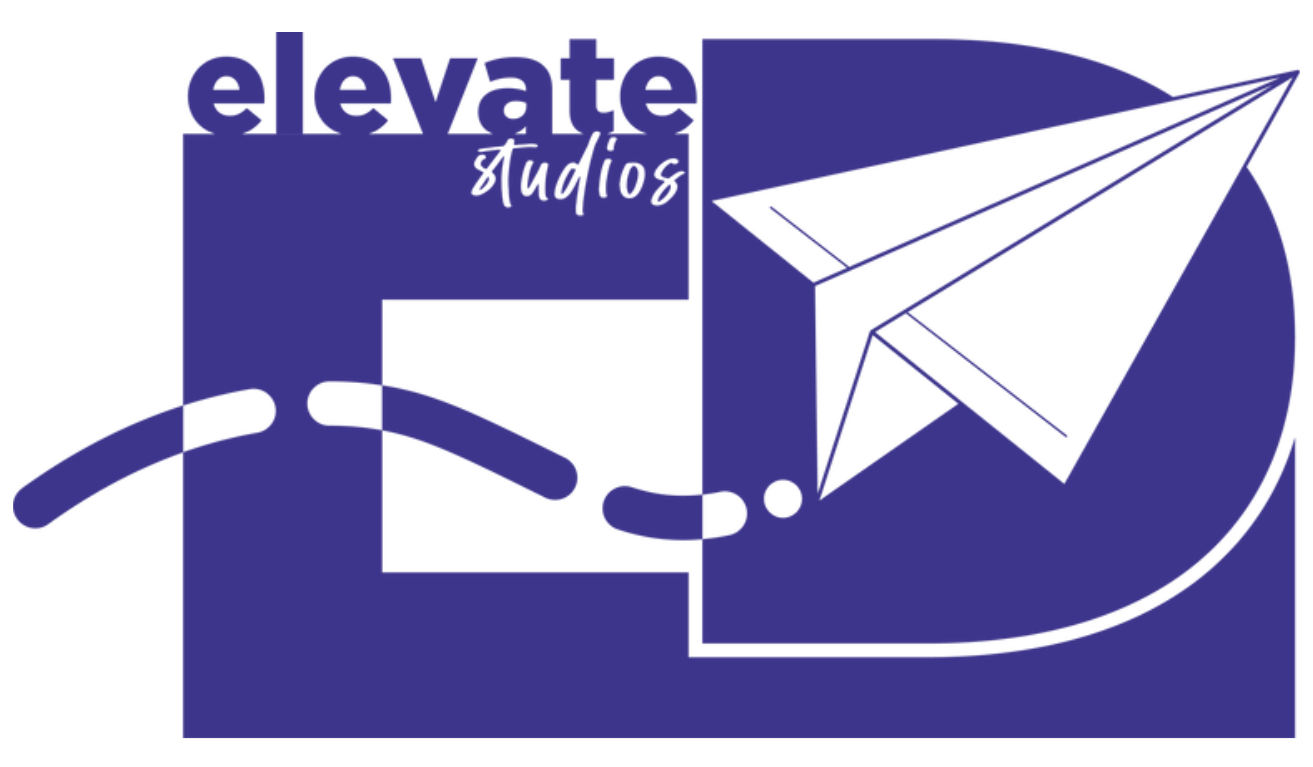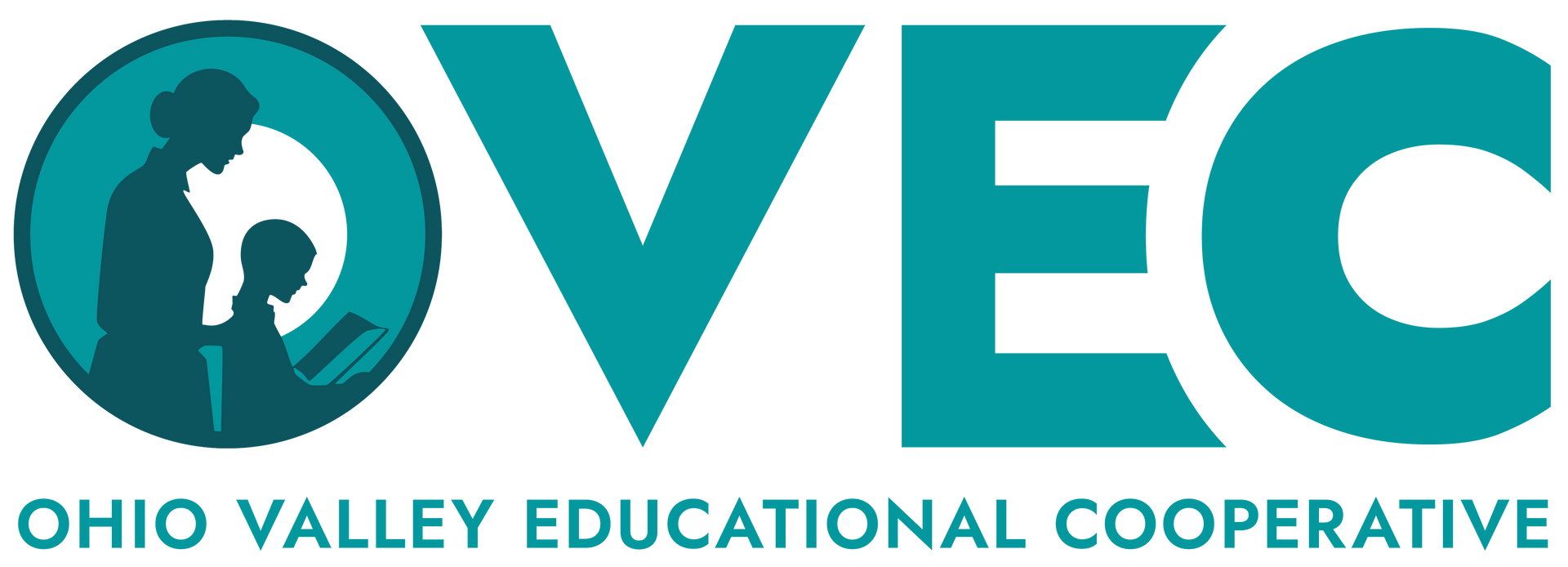Bridges to Belonging: A School-wide Culture of Authentic Mentorship
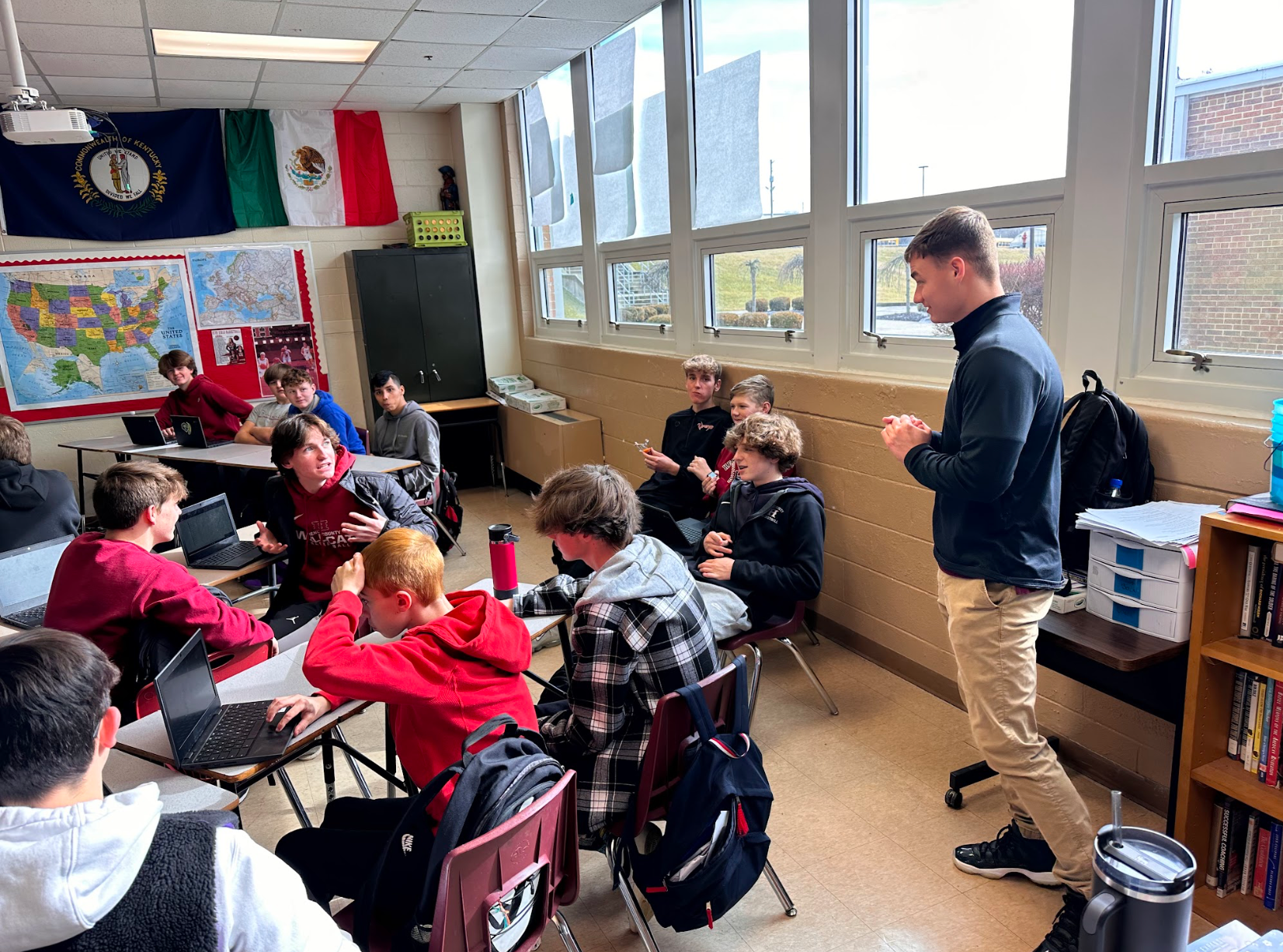
Most of us vividly remember the fall of 2020: widespread anxiety about schools being open or closed, hyper focus on learning loss and academic deficits, and the non-stop use of hand sanitizer. However, for many educators, one thing took precedence- we saw it in the way our students struggled to communicate with one another and their blank, disinterested stares. Our students needed connection, or a sense of belonging.
Henry County High School saw this in their own data- in informal surveys seeking to understand what they needed from their school after lockdown, students overwhelmingly said ‘mentoring’ or descriptions like ‘ways to build relationships with my peers’, ‘ways to connect back with my teachers’. Adding to this was concerning data from the annual Suicide Prevention Survey that said 68% of students said they did not have a trusted adult- a rise from the pre-Covid 47%.
So, HCHS leaders took action. They knew that despite academic deficits students might have, they absolutely had to create intentional time to build relationships with kids. This took the form of Mentoring Bridge Groups- an advisory structure in which teachers and students connect weekly with the goal of student empowerment and relationship building.
Two years later, Wednesdays, the Mentor Bridge Group meeting day, boast the highest attendance of the week. Administrators report kids telling their parents things like, ‘Don’t schedule that doctor appointment on Wednesday. I can’t miss Mentoring!’
The day our team visited, we had the pleasure of speaking with one young man who shared the impact Mentor Bridge Groups have had on him personally, “I feel like I belong here. I haven’t felt that way before.” In just 30 minutes a week, in the aftermath of a global pandemic, Henry County High School teachers and leaders have created a school culture in which students feel safe, seen, excited, and ultimately, have found a place they feel they belong.
How mentoring is transforming the student experience
If you have the fortune of visiting HCHS during Mentor Bridge Groups, in those 30 minutes you would have the opportunity to work on your balance in yoga, compete in a drone obstacle course, strategize moves with a friend n your fantasy league, laugh at ridiculous Pictionary drawings, brighten someone’s day with an uplifting note, discuss a book you’re deeply invested in with equally invested peers, build something awesome with legos, or process and cook delicious meat - just to name a few.
While advisory structures are not unique to HCHS, their approach is uniquely focused. Rather than have a period with an advisor that serves a myriad of functions (academic goal setting, personalized learning planning, SEL), this school intentionally reserves this period of time, 30 minutes, once a week, for developing meaningful relationships with students.
Each year teachers decide on a topic they’re passionate about for their mentor group focus.
This is a unique opportunity for teachers to share an interest or passion with students, or as one student put it, “It’s a chance for us to see teachers as people, not just teachers.”
Students get to select their Mentor based on the teacher and their chosen topic. Some students choose a Mentor because they share a passion for the same topic; others choose their Mentor because they simply like the teacher. Logan Marsh, a student at HCHS, loves this structure because “they [teachers] all have things they like to do in their lives, and letting them do that makes it special. Then we as students get choice and decide our path which can lead us to discovering new things that we love.”
Once students select their Mentor, many feel like they instantly have a connection with the teacher and other students in their Mentor Group. Skylar Norton, another HCHS student, shares that Mentor Groups allow students to “find your group” and “relate to teachers based on what they’re into.” Many students shared this sense of camaraderie and belonging, comparing it to the feeling of being a part of a sports team or club. However, unlike extracurricular activities, all students participate.
This not only builds a sense of community between students and teachers, but within the student body as well. Leah Southworth shared “it [Mentor Groups] allows you to widen your friend group.”
Marsh agreed, adding, “Yeah, it really helps freshmen like me. Like the lunchroom is a more comfortable place now; that upperclassman who may have intimidated you before is just some silly guy that does yoga with you.”
These connections have led to many students feeling much more comfortable and connected at school. Another student, Breigh Banta, describes the impact the structure has had on her own education, “I have been able to build my communication and problem-solving skills while also learning more about others. It has made me want to be at school and want to perform better academically because my mentor shows me how my learning affects my future.”
How to get started
Student Taylor Corum insists that if schools are looking to add a mentoring structure, you have to “go about it the right way.” Students repeatedly insisted that teachers needed to have choice in what topics they cover because it leads to authentic relationships.
As simple as the HCHS Mentor Bridge Program sounds, it is helping to address very complex and important needs. The idea for the personalized approach came from Media Specialist, Rachel Burgin - and the Principal, Shannon Sagesar, listened. The first year, faculty members each chose a book based on his or her personal interest. Then, students chose which group they wanted to join based on a common interest in that same book.
Year two, they decided to expand by having faculty members choose something they were interested in for focus. It could be a book, but could be a wide range of any other personal hobbies or interests. From Chess to meat processing, the range of topics provides all kinds of new avenues for students to explore. You can see how that’s continued to evolve in this year's Mentor Group offerings as well. While some offerings here might require an investment in speciality equipment, such as the drones, Burgin reminds us that you can create these with no expense. Some groups simply used board games to build relationships or post-it notes to spread kindness.
Jim Hook, a social studies teacher urges that “[teachers] should do whatever they feel the most comfortable with and love to do.” He adds that this has built community among teachers as well. “You really get to learn about your coworkers’ interests.”
As an integral leader in the mentoring program, Burgin adds that allowing teachers, like Hook, choice, brings some joy to teachers as well. Coming into this school year, Hook was admittedly feeling a little overwhelmed by the prospect of preparing for Mentor Groups with a new baby and coaching responsibilities on his plate. Burgin asked Hook, “What’s something you’re having to give up that you love to do because of these obligations? What’s a passion this could make time for?” Hook realized he wouldn’t have to give up his fantasy sports leagues, but rather, he could use his mentor group to share that passion with kids.
Leadership at the school adds that for the program to be successful, you have to start with the why. Principal Shannon Sageser and Assistant Principal Kevin Webster recall that there were some ‘nay-sayers’ along the way, but starting with the why and coming with data to support it made all the difference. Webster shares an example that made that why clear. “We posted all of the kids' names with checks beside them to show who in the school knew them. Some kids didn’t have any checks. It’s hard to argue the need for a program like this when you see numbers like that.”
Sageser adds, “We are trying to do what’s best for kids. We’re trying to form connections with our students. There’s not a program out there that I can buy to do this. Teachers are the single most important resource we have.”
Once you have that why, it’s important to stick to it. Mentoring Bridge Groups at HCHS are strictly about building meaningful relationships with kids. That’s it. Burgin adds that sometimes Bridge Groups “just play. It’s okay to play. It’s okay to do that at school. Relaxing is good.”
Webster agrees, “We pause that bell-to-bell mentality for a bit. Yeah they might ‘just’ be playing basketball, but that gets kids in their comfort zone and they’re more likely to open up and start talking.”
Making time for connections over basketball or robotics during the school day provides equitable access for all kids to form the kinds of friendships, bonds with teachers, and development of passions extracurriculars traditionally offer. As Sageser explains, “Not everybody plays a sport or belongs to a club, but everybody has a Mentor Group.”
For HCHS, the success of the program is all about the smiles they see as students head to Mentor Group- smiles that tell them students have found a place amongst their community, a place they belong where, as Skylar Norton puts it, they “get out of their shells and help each other grow as people.”
